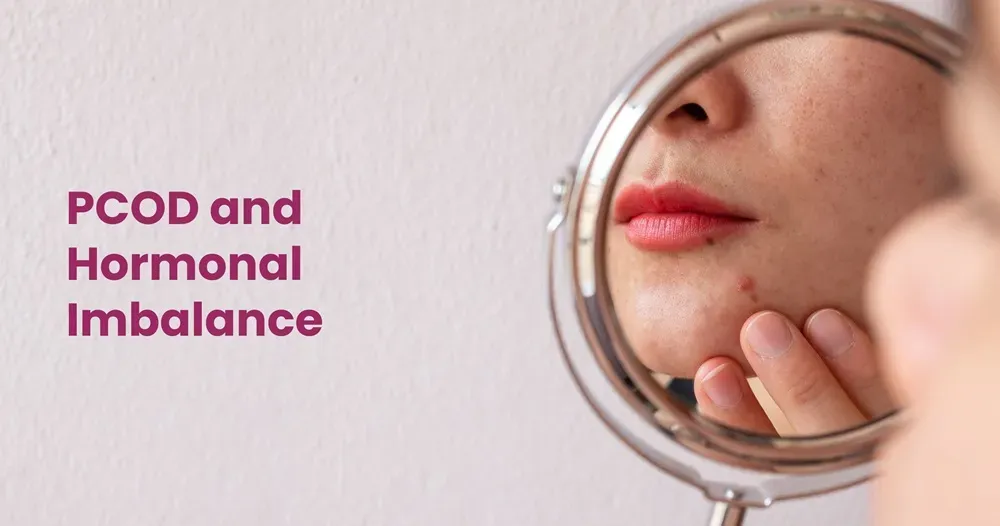Male Fertility Testing: The Semen Analysis
Aug 22, 2022

When a couple has trouble conceiving after having tried for a complete year or more than that, it is considered to be the right time for them to visit a fertility specialist. A doctor is very likely to suggest fertility tests for both partners in such scenarios. The female and male fertility test are equally important in determining the fertility quotient of a couple. It is a fact that every couple that is in the process of starting a family should understand that fertility is always a 50:50 deal. In simpler words, fertility is a concern of equal importance for males, as it is for females.
What is a Male Fertility Test?
Also known as a semen analysis, the male fertility test measures the quantity and quality of an individual’s semen and sperm. Semen is a thick, white fluid released from a male’s reproductive organs, and it contains sperm, which is comprised of cells that carry genetic material. Basically, semen analysis is a lab test in which a sample is examined under a microscope to get all the important information about the person’s fertility and sperm health. This information includes sperm count and sperm motility (activity). Another thing that this test gives some information about is the sperm morphology (shape). If an individual’s semen analysis results indicate low sperm count or sperm shape and movement that cannot be considered normal, it generally means that the person may not be very fertile.
When is it Prescribed?
Generally, an individual is prescribed to undergo a semen analysis if the doctor suspects that there may be some issues with the semen or sperm that may be the cause behind infertility. Other than this, male fertility tests are also used to check if a vasectomy (a surgical procedure to block the release of sperm in the person’s semen) has been successful.
the release of sperm in the person’s semen) has been successful.
Generally, an abnormal semen analysis report indicates that an individual may not be able to father a child naturally, which is also known as male infertility.
Causes
There are a number of biological and environmental factors that may impact an individual’s fertility. Some of which are:
- Azoospermia: A condition when a man is not able to produce sperm cells.
- Oligospermia: When one produces low- or poor-quality sperm cells.
- Genetic diseases
- Unhealthy sperm cells
- Varicoceles: A condition in which the veins on one’s testicles are larger than normal, which is known to have a negative impact on sperm count and morphology.
- Hormonal disorders
Risk Factors
There are several factors that can contribute to male infertility, like:
- Diabetes and other endocrine disorders
- High temperature (A febrile illness)
- Excessive alcohol consumption
- Age
- Obesity
- STDs (Sexually Transmitted Disease)
- Epididymitis and prostatitis
- Certain congenital conditions
- Undescended testicle in childhood
- Smoking
- Consumption of testosterone supplements
Test Preparation
Generally, one should avoid any kind of sexual activity, including masturbation, for 2 to 5 days before sample collection. This is to make sure that the person’s sperm count is at its highest for more accurate test results. However, it is best to consult a doctor who will take factors like one's health, risk factors, etc. in consideration and suggest any specific preparation required.
Result Interpretation
There are 3 important parameters of semen analysis that a lab test focuses on:
- Sperm Count: Sperm count of an individual refers to the number of sperm present in the semen sample. The sperm count in a healthy semen sample can be anywhere between 15 million to 200 million in one millilitre.
- Sperm Motility: The sperm cells have to cross quite a path in order to reach the egg and start the fertilisation process. Sperm motility is the value that helps determine how well sperm cells can move in a particular semen sample. The minimum sperm motility should be 40%.
- Sperm Morphology: Another aspect of a semen analysis test is the shape of the sperm cells. A healthy semen sample includes sperm cells that are perfectly shaped, with an oval head and long tail. Some sperm cells have a slightly different shape, like the head being too large, a crooked tail, or having two tails. According to WHO, at least 4% of sperm cells should display healthy morphology to support fertility in an individual.
If any of these values are not normal, it may indicate a problem with one’s fertility. However, there are a other factors as well, like certain medication, consumption of alcohol or tobacco, age, etc. that may affect a person’s results. So, it is always better to consult the doctor who prescribed the test with the results as they will be able to interpret the same and suggest further testing, if required.
Related Blog Post
Blog Categories
- Child Health
- Mens Health
- Women's Health
- Mental Health
- Health Myths & Facts
- Fitness
- Nutrition/Recipes
- Remedies
- Weight Management
- Stress Management
- Health Supplements
- Addiction Management
- Disease Management
- Allergy
- Anemia
- Arthritis
- Asthma
- Autoimmune Diseases
- Blood Pressure
- Cancer
- Deficiencies
- Dengue/Malaria/Chikungunya
- Diabetes
- Eye Problems
- Heart Diseases
- Hepatitis
- HIV/AIDS/STD
- Hormonal Imbalance
- Infection/Flu/Viral
- Kidney
- Liver
- Menstrual Problems
- Pregnancy
- Skin & Hair Problems
- Stomach Ailments
- Thyroid
- Others
- Health Checkups
- Diagnostics/Pathology
- Lifestyle & Wellness
- Covid
- Medical Tests
- Cholesterol
- Health Tips
- Parent Care/Old Age
- Lungs
- Food Intolerance








